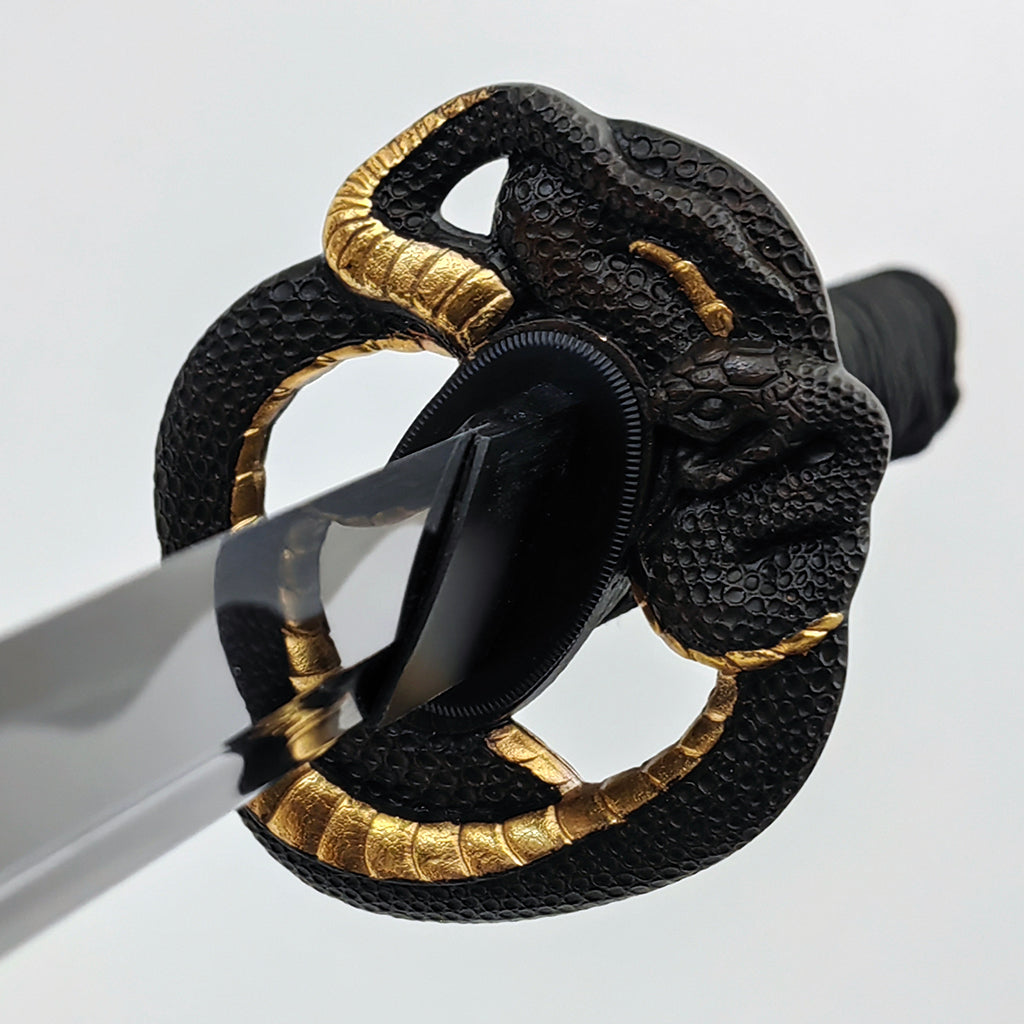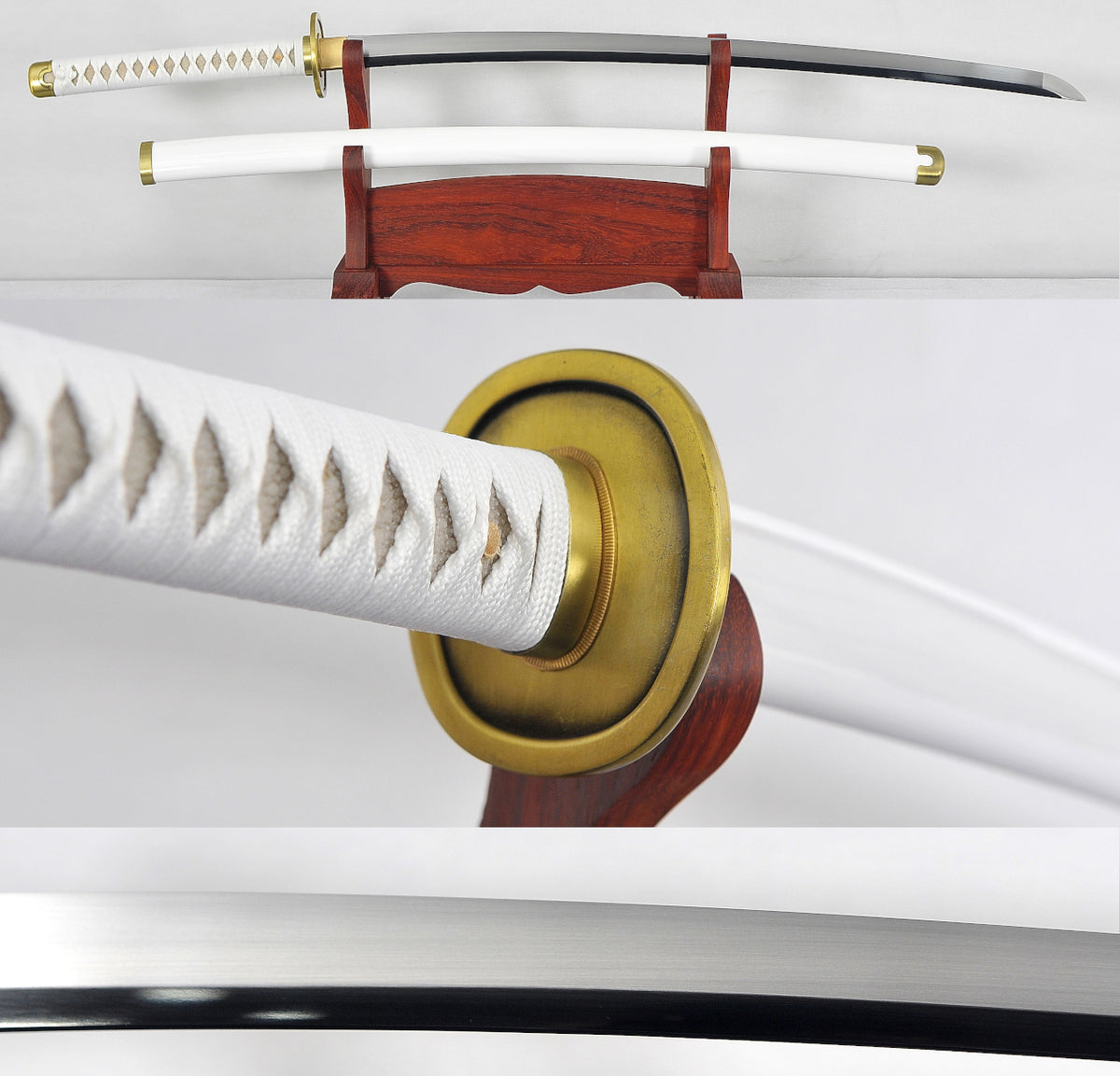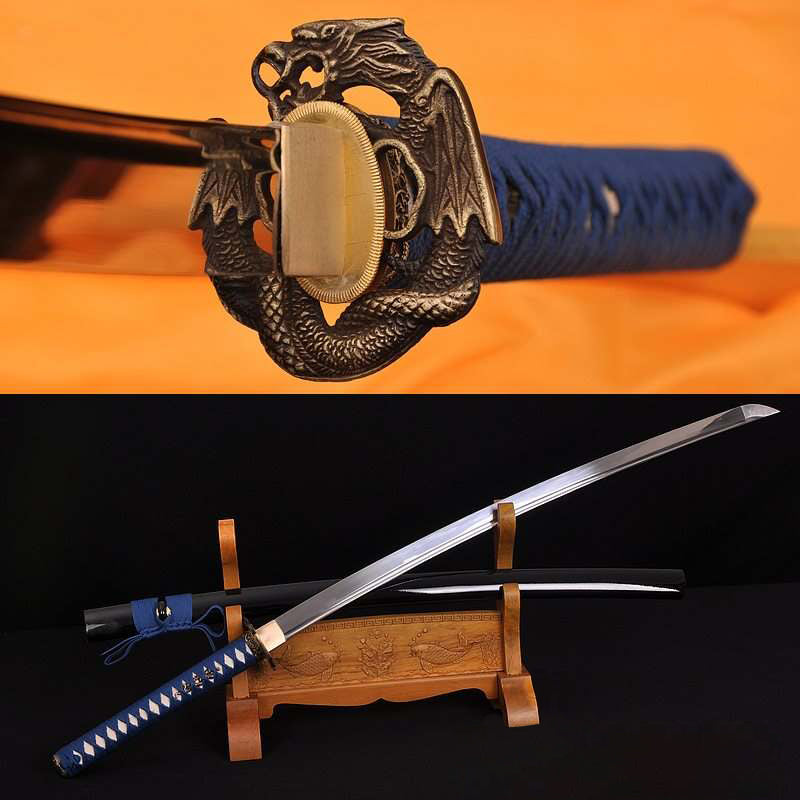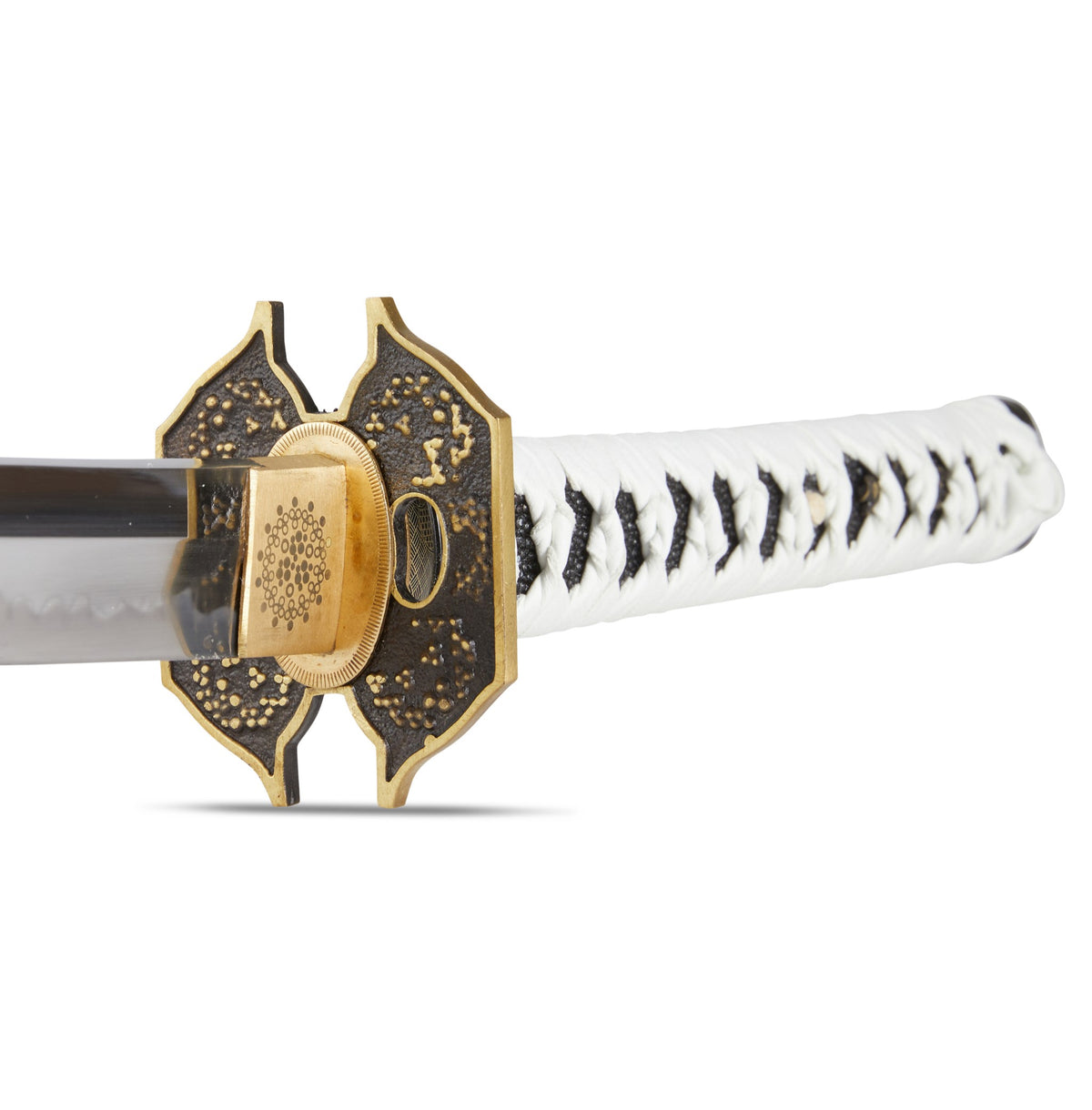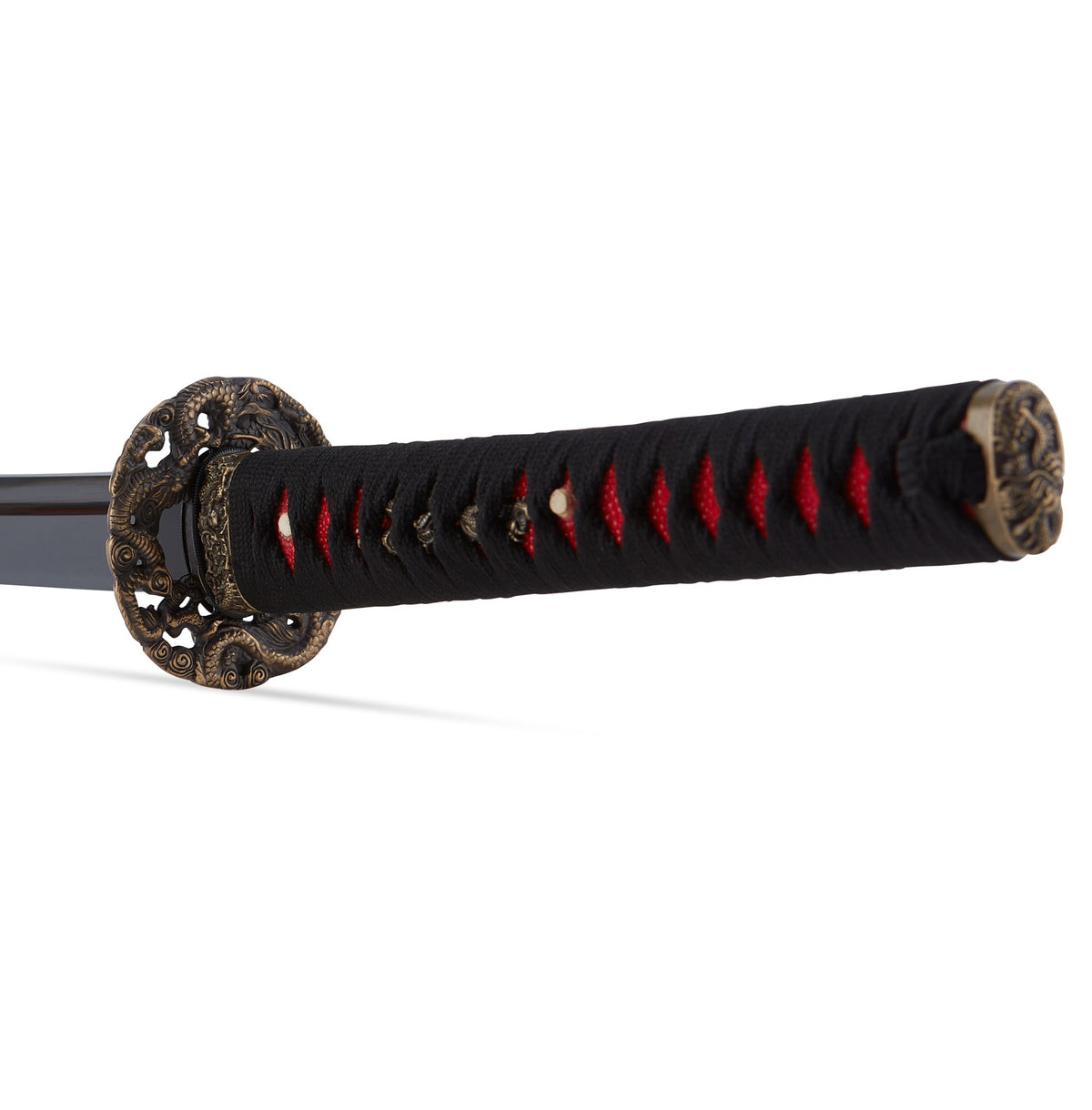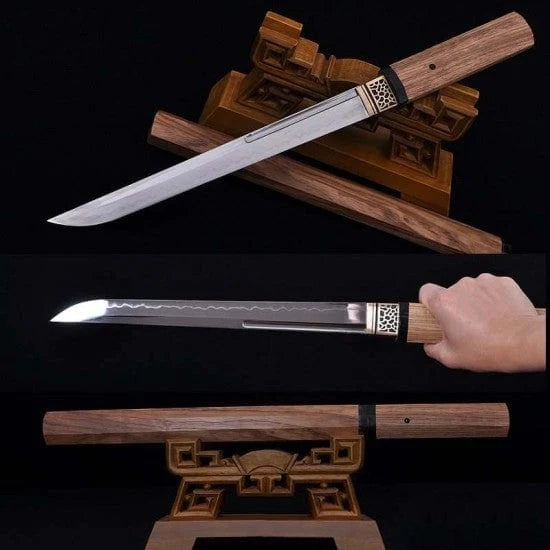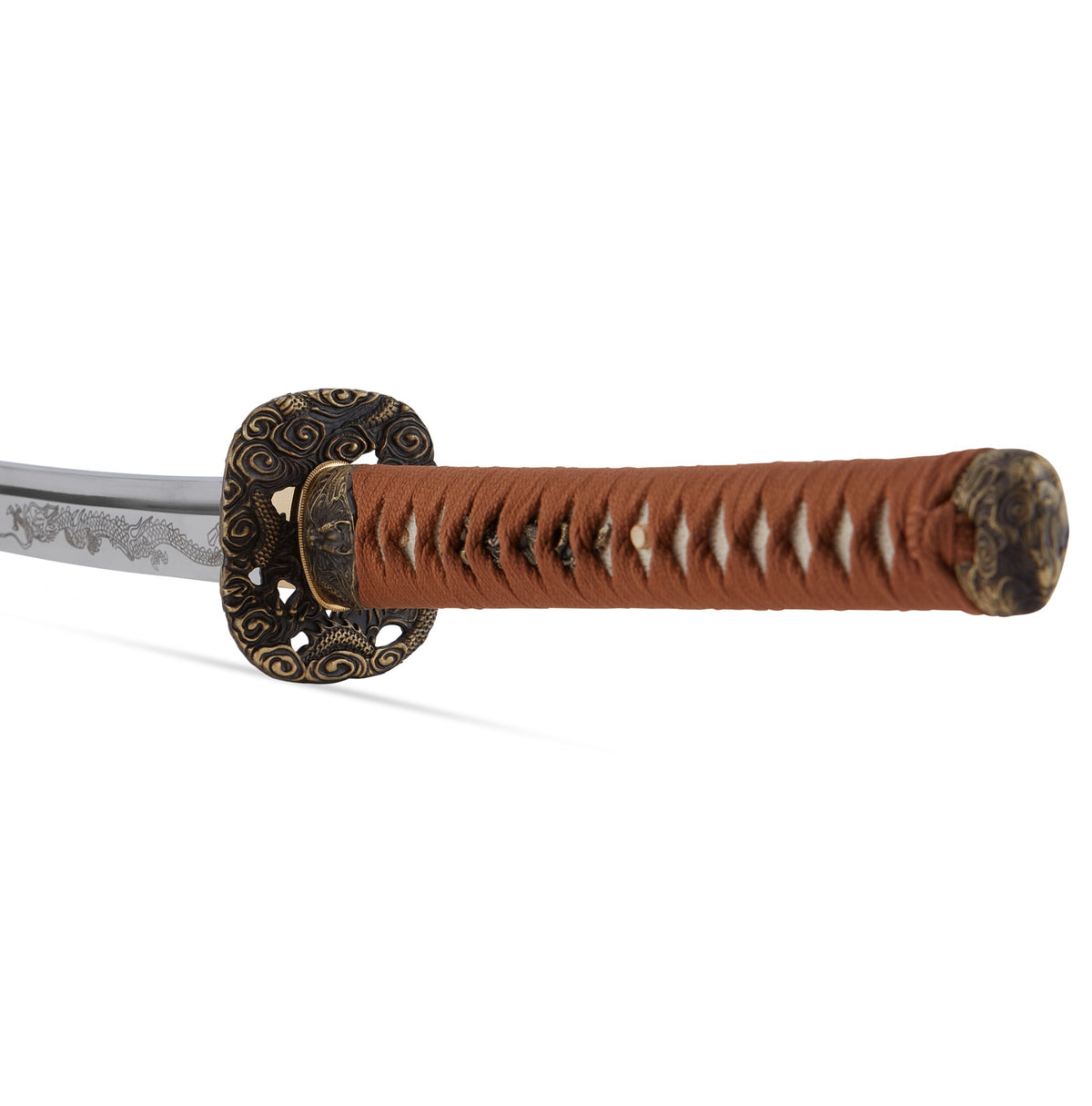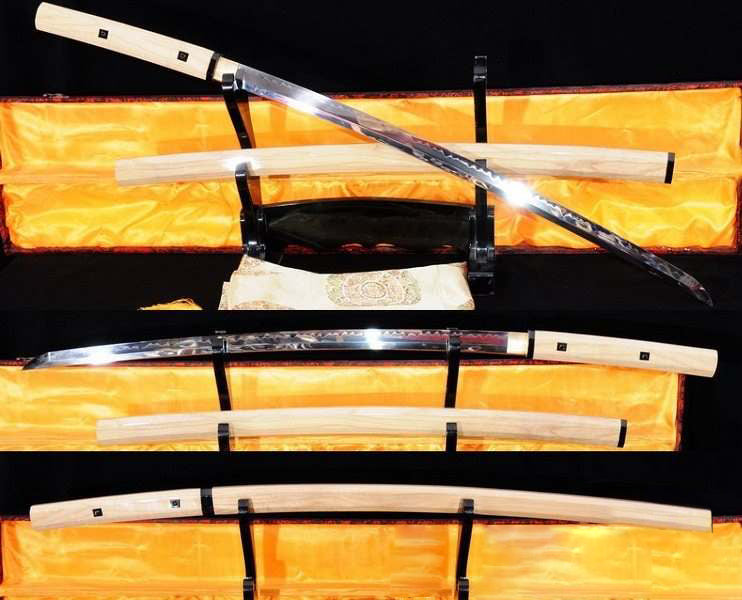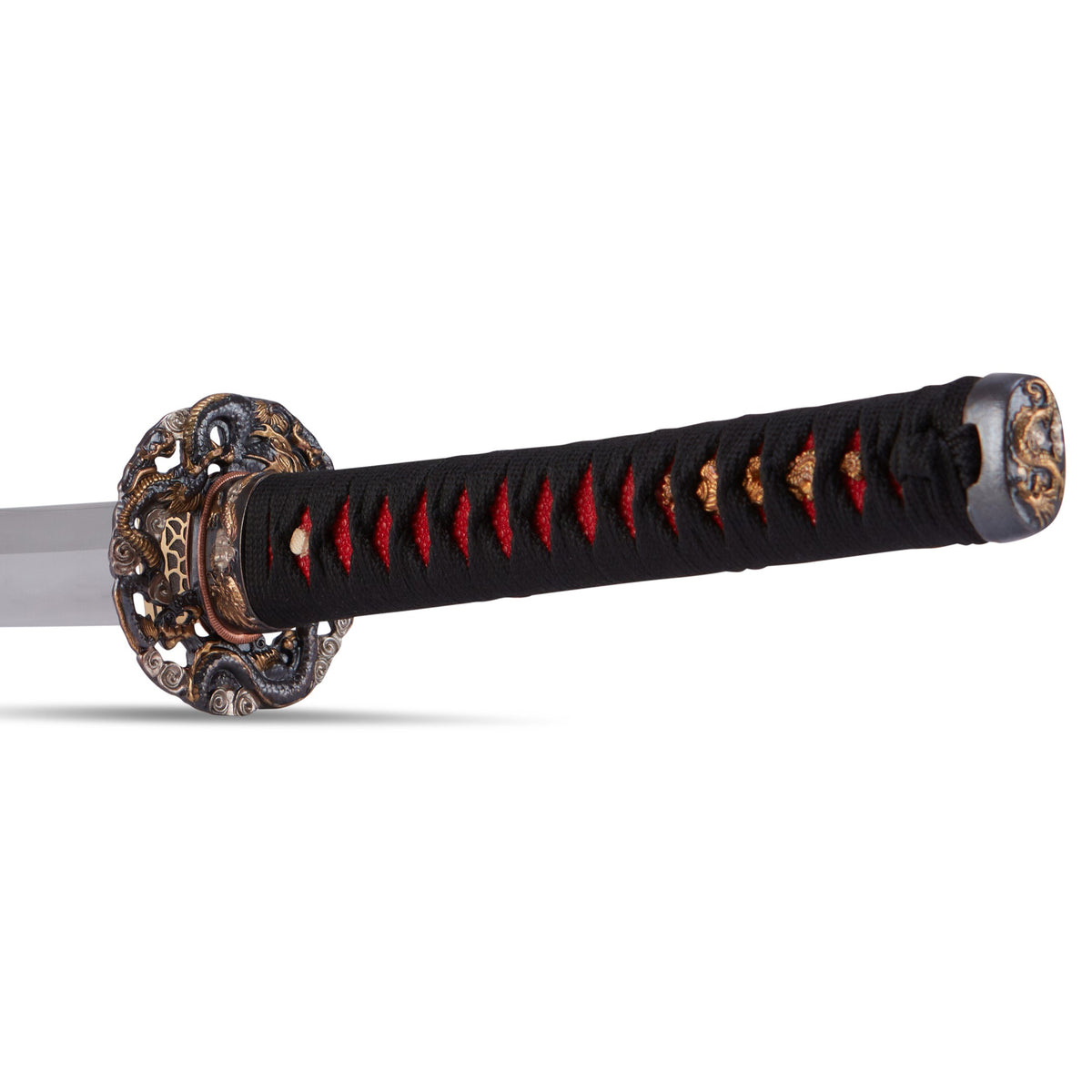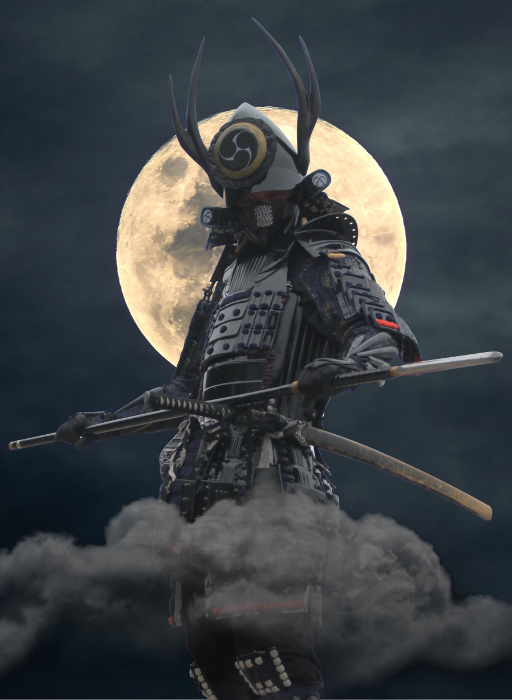A Guide to Traditional Samurai Armor

While a samurai’s sword is a very important part of his training, life, and social status, traditional samurai armor is just as critical. Read on here to learn about the different pieces of Japanese samurai armor and discover what makes it authentic.
Samurai Armor History
Traditional samurai armor is also known as katchu. Its makeup is broken up into two parts: the kabuto, or helmet, and the o-yoroi, or armor. When this type of armor first appeared on the battlefields around the 900s, it was just for important nobles. Extravagant and diverse, the armor was decorated in the lord’s clan colors, crests, and preferred imagery, including cherry blossoms, dragons, and Shinto or Buddhist motifs.
As tactics and strategy on the battlefield evolved, so did the armor. At first, it was designed to protect a samurai during combat, inspire their allies, and incite fear in their enemies. Eventually, during the more peaceful times of the Edo Period, Japanese samurai armor became more ornate and purely ornamental.
Historians have dated the oldest surviving samurai armor to the early 10th century, but modern artisans strive to recreate and replicate authentic o-yoroi to bring history to life for display in museums and private collections.
Samurai O-Yoroi Parts

The main parts of traditional samurai armor are collectively known as rokugu, the Six Articles of Arms. There are also auxiliary parts to the armor that provide the finish and flourish for additional style and protection.
Dou
The dou is the main body of the armor. It protected the chest and back with paneled lamellar boards that were attached to each other with leather and silk bindings. It often consisted of additional skirt-like pieces (kusazuri) to protect the wearer’s upper legs.
Waidate
Often considered part of the dou, the waidate actually goes underneath it to protect the samurai’s right side. It was made of iron plate covered in leather.
Kusazuri
This was a plate skirt that was laced to the dou to create a single piece to protect the lower part of the body. Initially, this part of traditional samurai armor was made of leather and iron together, but as armor-making evolved, the kusazuri transitioned into full iron with only little bits of boiled leather.
Tsurubashiri
One of the more ornamental pieces of Japanese samurai armor, the tsurubashiri, was made of leather and decorated with patterns and designs. It was a panel that covered the dou and prevented any of the weapons such ashis Katana from getting caught on the armor.
Sode
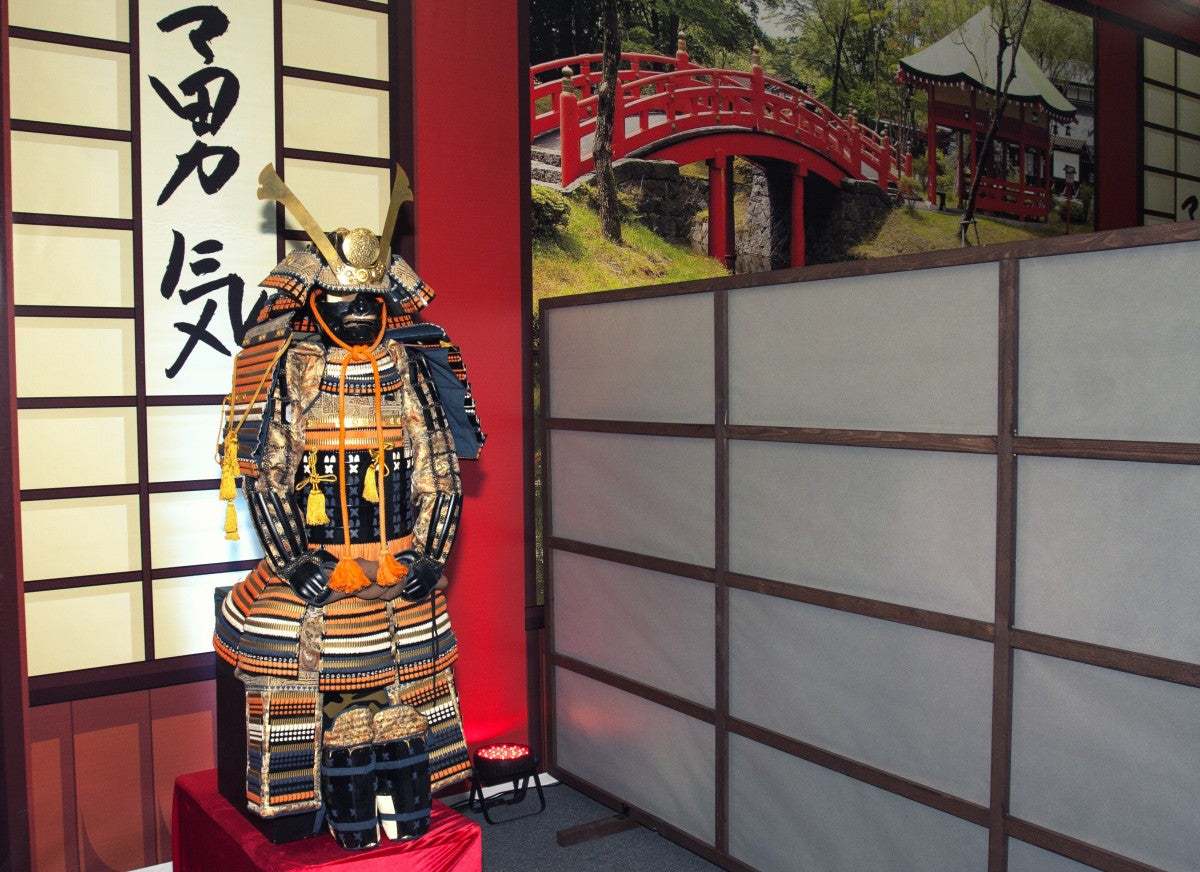
The sode are the shoulder guards that were usually made to match the main body of the traditional samurai armor. They were typically made of the same material and had matching designs. These two separate pieces were attached to the dou with leather straps.
Kote
Completing the arm pieces are the kote, full-length gloves that transition into sleeves to connect with the sode. These gloves were usually made of brocaded silk that was covered in metal plates. Some samurai, who were archers, preferred the kote only on one arm, so they had enough range of motion to operate a bow and arrow.
Suneate
As you continue down the body to the legs, you come to the suneate or shin guards. These vertical plates were developed around the 12th century to protect the lower leg. They were hinged pieces of leather, iron, or chainmail tied to the legs with cloth straps.
Haidate
These thigh guards were actually a later addition to traditional samurai armor and weren’t commonly used until the 13th century. Like the arm guards, haidate was made of a fabric underlayer that was then covered with metal plates to form a scaled protective top layer. This part of the armor was very heavy and uncomfortable, leading historians to believe that they weren’t used frequently during battle.
Agemaki
The final part of the o-yoroi is the agemaki. It’s a cord that was tied in a stylized bow to hold the upper part of the Japanese samurai armor in place. Over time, it became purely ornamental.
Samurai Facial Armor Parts

There are several types of facial armor used by samurai, including kabuto and mengu. These two pieces composed the helmet and face mask. The helmet was an incredibly top-heavy piece that needed to be secured with a chin cord and small hooks. Most types of facial armor were made of a combination of iron and leather that was lacquered. They showcased a variety of details, like sharpened teeth, mustaches, angry eyes, and even detachable noses.
Auxiliary Armor Parts
With all these larger pieces in place, samurai still had a few vulnerable areas to protect, including their neck, feet, armpits, and upper chest. Traditional samurai armor that is historically accurate had to have nodowa, wakibiki, manju no wa, and many other pieces.
The Whole Package
A samurai had to take just as much care with their armor as they did with their swords. From cleaning and polishing to repairs, a samurai’s armor and weapons were his livelihood. Explore Swords of Northshire to discover authentic Wakizashi Swords that bring this part of history to life.
Best Sellers
- Regular Price
- from $199.99
- Sale Price
- from $199.99
- Regular Price
-
- Unit Price
- per
- Regular Price
- from $299.00
- Sale Price
- from $299.00
- Regular Price
-
- Unit Price
- per
- Regular Price
- from $199.00
- Sale Price
- from $199.00
- Regular Price
-
$0.00
- Unit Price
- per
- Regular Price
- from $619.00
- Sale Price
- from $619.00
- Regular Price
-
- Unit Price
- per
- Regular Price
- from $319.00
- Sale Price
- from $319.00
- Regular Price
-
- Unit Price
- per
- Regular Price
- from $249.00
- Sale Price
- from $249.00
- Regular Price
-
- Unit Price
- per
- Regular Price
- from $339.00
- Sale Price
- from $339.00
- Regular Price
-
- Unit Price
- per
- Regular Price
- from $219.00
- Sale Price
- from $219.00
- Regular Price
-
- Unit Price
- per
- Regular Price
- from $364.00
- Sale Price
- from $364.00
- Regular Price
-
- Unit Price
- per
- Regular Price
- from $519.00
- Sale Price
- from $519.00
- Regular Price
-
- Unit Price
- per
